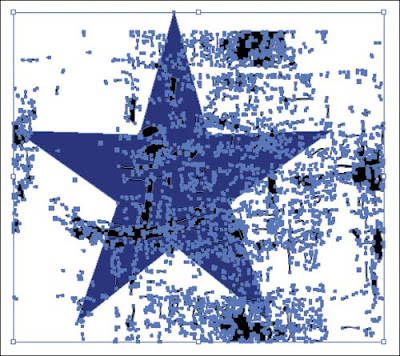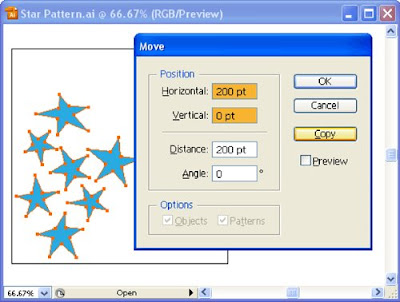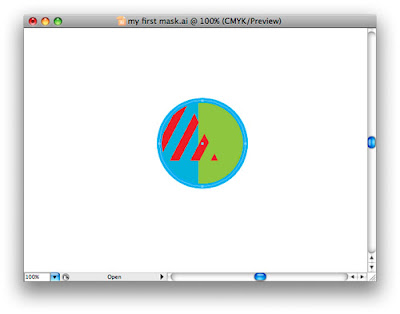When you are someone who is interested in graphic design jobs and when you find that the design jobs that you are looking at are competitive, you might wonder what CAD has to do with it.
When you are looking to make sure that the designer careers and the design jobs out there are looking forward to taking you in, you will find that the more you know about CAD and what it can do, the better off you are going to be. If you are ready to really get into the graphic design jobs and the designer careers out there, remember that you should take some time and learn more about the different parts of this field and what goes into it.


![Reblog this post [with Zemanta]](http://img.zemanta.com/reblog_e.png?x-id=2f2c8631-b816-49d0-9c24-12eff9cd3ebc)

![Reblog this post [with Zemanta]](http://img.zemanta.com/reblog_e.png?x-id=5bed5c3f-4b5d-4342-a47e-061051e452b3)


![Reblog this post [with Zemanta]](http://img.zemanta.com/reblog_e.png?x-id=0260806b-19b6-41c2-b391-19b665769e32)


![Reblog this post [with Zemanta]](http://img.zemanta.com/reblog_e.png?x-id=55df992c-65fc-4e17-a109-43f3622489d2)

![Reblog this post [with Zemanta]](http://img.zemanta.com/reblog_e.png?x-id=0f72af55-c77c-4328-8221-712e2738bd3a)

![Reblog this post [with Zemanta]](http://img.zemanta.com/reblog_e.png?x-id=43d5d9be-b35f-4f79-aeb9-5eb4a4fefa61)


![Reblog this post [with Zemanta]](http://img.zemanta.com/reblog_e.png?x-id=e034a823-7042-4eda-bc67-335ad1179eb9)


![Reblog this post [with Zemanta]](http://img.zemanta.com/reblog_e.png?x-id=87b667b7-c96a-4175-9138-28501f3e6190)

![Reblog this post [with Zemanta]](http://img.zemanta.com/reblog_e.png?x-id=3e13ac77-4670-49d6-bb85-c0bcbf8422ce)

![Reblog this post [with Zemanta]](http://img.zemanta.com/reblog_e.png?x-id=6f2cdbc8-1706-4e8b-9e67-135d42f33803)







